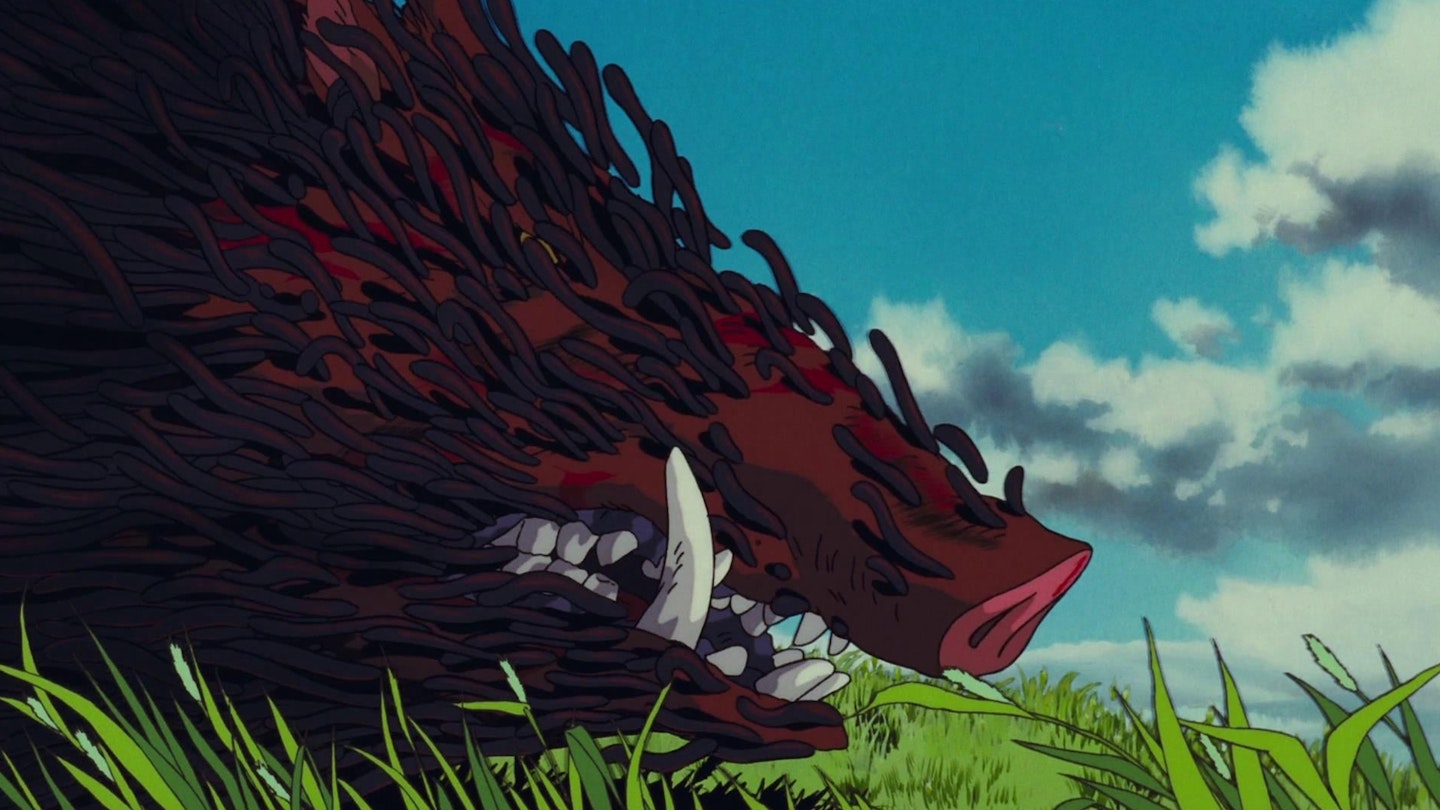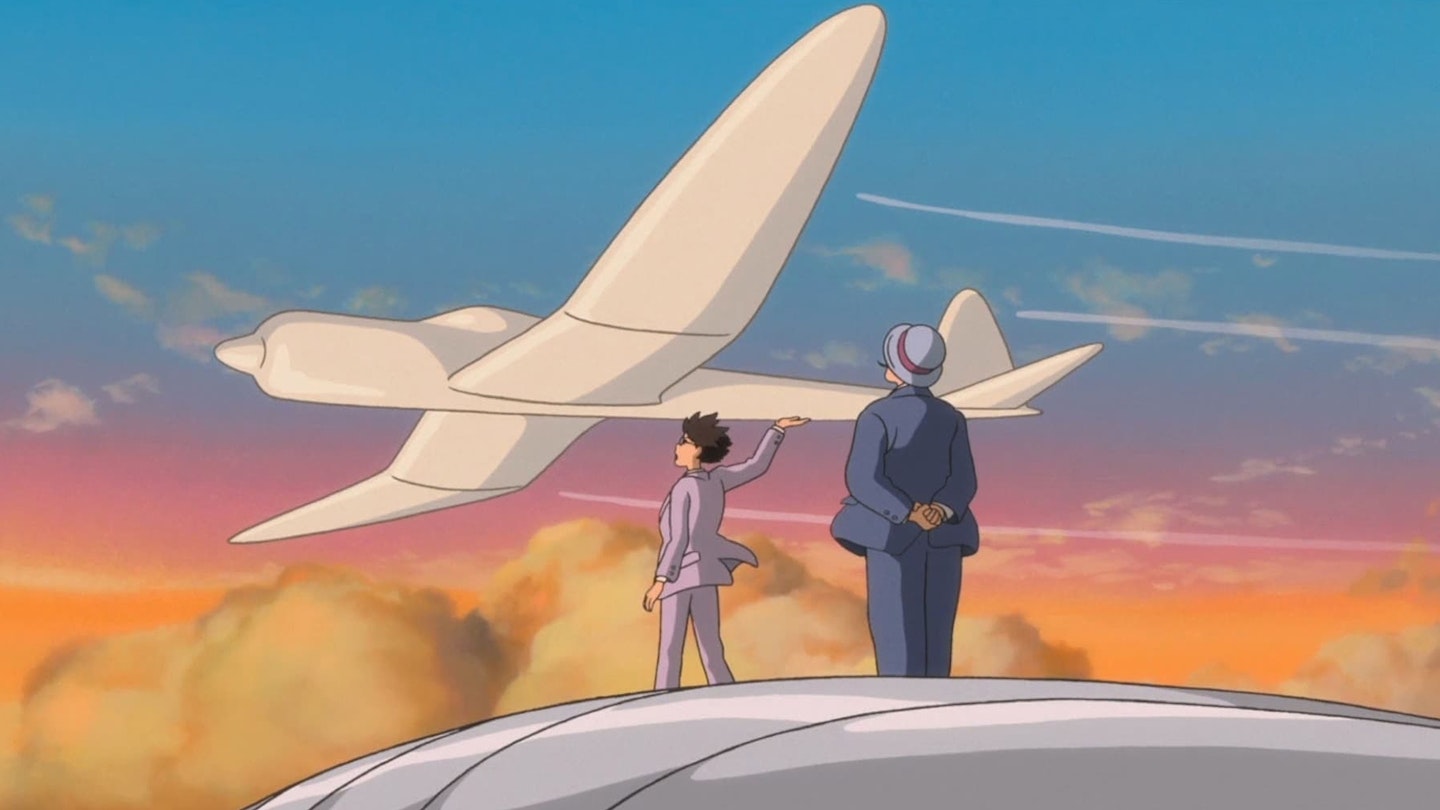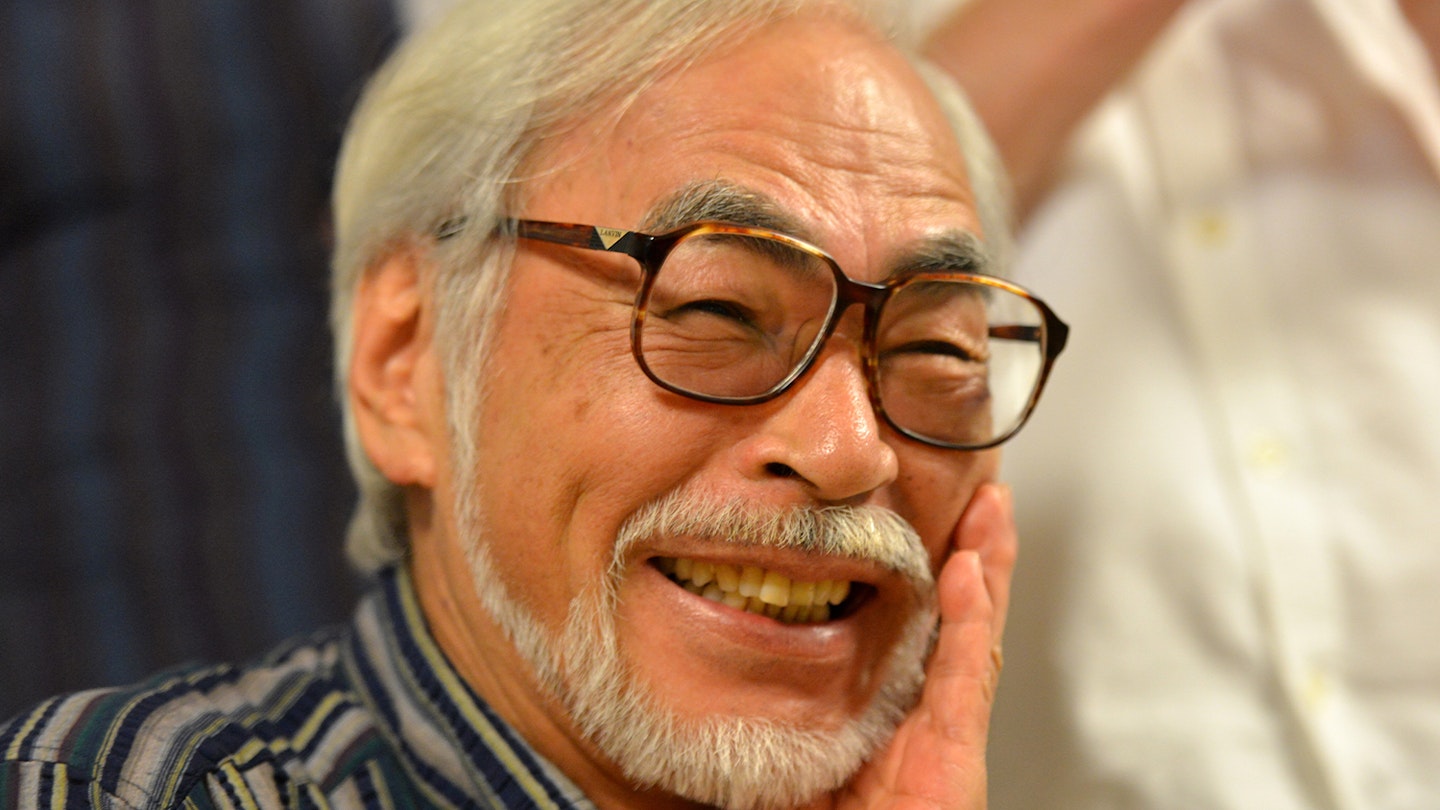In recent years, it seems Hollywood has forgotten the virtue of mystery. The current landscape sees studios release countless teasers, trailers, clips and more to convince audiences to make the trip to the cinema – and once you’re there, it’s not uncommon to feel like you’ve already seen half the movie. But one of the most exciting films of 2023 has had the opposite approach – releasing not a single trailer, nor even a still, from the film itself before hitting cinemas. For years now, Studio Ghibli’s Hayao Miyazaki has been cultivating an unknowable new project, How Do You Live? – or, as it's set to be known internationally, The Boy And The Heron – that has remained tightly under wraps, shrouded in dark matter until its release in Japan mere hours ago. It hasn’t needed traditional marketing, because the real selling point is this: it’s a new Hayao Miyazaki film. It’s the return of a master of the artform, the co-founder of animation’s most sacred studio, a voice unique with both pencil and typewriter, once thought to have permanently packed away his ink, finally back on the big screen.
That’s an event movie.
As the director of Ghibli’s most popular exports – Spirited Away, My Neighbour Totoro, Howl’s Moving Castle, and Ponyo among them – Miyazaki has long earned mythical status around the world. He is Japan’s most lauded director in the medium of animation, a filmmaker with a level of influence to rival Walt Disney. And his voice is deeply distinctive – his films are devoted to depictions of natural beauty and human ugliness, explorations of morality, war and ecology; his ability to infuse his sharp cynicism towards the world with breezy, heartfelt adventure stories is singular. For 10 years now, he’s been gone – supposedly retiring with 2013’s historic elegy The Wind Rises. The past decade without Miyazaki – actually his second attempt at retirement; he once tried to down tools in the ‘90s too – has been one without a world-class filmmaker expressing his complex, conflicted world-view. With How Do You Live?, Miyazaki finally has something to say again – and given how long his films take to produce, this might be his last time on the soapbox.

Before its Japanese premiere today, only one image relating to How Do You Live? had made its way into the world – a white poster with a drawing of an eagle. Not exactly much to go on. While the film takes its title from Genzaburo Yoshino’s acclaimed 1937 novel – about a young boy coming of age in ‘30s Tokyo, learning from his mother, uncle and classmates about what it means to be a good person – Ghibli’s Toshio Suzuki clarified earlier this year that Miyazaki’s film is a “fantastical epic”, bearing little relation to the book beyond those words. Now that it’s finally here, details about How Do You Live? have finally squeezed from Ghibli’s protective armour: the film is said to tackle the process of healing after the death of a loved one, concerning a boy whose mother is killed in an air raid during World War II. Unlike Yoshino’s novel, it also features a fantasy world and a talking bird. Early reviews have mentioned a second half that takes on a darker, more gothic, horror-tinged tone. It sounds like both the Miyazaki we know, and something strikingly different.
Miyazaki returns with absolutely nothing left to prove – but clearly something else he wants to say.
If Ghibli’s minimalistic approach to marketing the film feels like a refusal to align with industry standards, it’s a defiance that’s long been reflected in Miyazaki’s approach to animation. Traversing the guidelines of what’s expected from films nominally designated as ‘kids’ movies’ has rarely been of interest to Miyazaki. His desire to experiment with brutally dark stories like Princess Mononoke, as well as unconventional conflict-free plot structures in films like My Neighbour Totoro, are party of why he’s amassed such a strong following. It comes through, too, on a technical level – while all animation is an arduous process, Miyazaki’s dedication to painstaking animation techniques is back with a vengeance here. After films like Howl’s Moving Castle featured computer-animated flourishes – and his son Goro’s Earwig And The Witch in 2020 was Ghibli’s first and only fully-3D CGI feature – How Do You Live? is a return to entirely hand-drawn tradition, the product of six years of hard-fought craftsmanship. Miyazaki has a method of storytelling – and of production – and is completely unflinching in employing it.
If anyone has earned the right to tell stories in whichever way they like, it’s Hayao Miyazaki – a master at creating beautiful, angelic visuals that contrast and complement themes varying from ecological parables, to painful depictions of the cruelty of war. The lush forests of Princess Mononoke, the peaceful seaside hideout in Porco Rosso, and the gargantuan camphor tree in My Neighbour Totoro are natural wonders designed to be revered by the audience. However, that talent for depicting delicate beauty can be flipped into harsh depictions of destruction and evil: Porco Rosso features a staggering graveyard of pilots ascending to heaven, representing the countless lives lost during World War I; similarly Princess Mononoke, a film drenched in vibrant, thriving natural life, eventually sees its forests starved of greenery, growing thick with charcoal due to human destruction.

By the sounds of it, How Do You Live? is a film in which Miyazaki revisits the darker arrows from his quiver, exercising a muscle strengthened on films like Mononoke – following a character whose sense of normality and infrastructure is crumbling around him. Miyazaki’s perspective on a world which increasingly makes less sense couldn’t arrive at a more valuable time. Pandemics, Brexits and Trumps have all been prevalent in our world since Miyazaki’s last address in 2013 – when major institutions crumble beyond recognition, we need filmmakers like Miyazaki to help us make sense of it all.
Perhaps the most tantalising proposition for Miyazaki’s return is, he already made a perfect farewell statement a decade ago with The Wind Rises. It was his most personal work to date – an animated biopic set during World War II in Japan, about plane designer Jiro whose beautiful flying creations (always a major Miyazaki preoccupation) are ultimately used for destruction. Miyazaki’s own love for flying machinery was birthed by his father, who manufactured rudders for fighter planes – a fascination that itself was tainted by his knowledge of the planes’ devastating function. As well as digging into Japan’s tumultuous history, the film reflected the director’s feelings towards his own movies – seeing his work embraced by the US in the ‘00s, while the country was leading wars in Iraq and Afghanistan, must have been jarring to the filmmaker. In all senses, The Wind Rises was a fitting swan song before his supposed retirement.

Now, he returns with absolutely nothing left to prove – but clearly something else he wants to say. In his absence, the collective voice of animation has been steadily rising, crescendoing with a rich crop of films in 2023 already – from Spider-Man: Across The Spider-Verse, to Nimona, Suzume, and Puss In Boots: The Last Wish. It’s already an embarrassment of riches, before you add How Do You Live? to that list. For a man of 82, after 60 years in the animation industry, with 12 feature films under his belt, Hayao Miyazaki has already given us so much – and his films continue to prevail through time, becoming more urgent with every passing second. Even without a single still, without a trailer, without a UK release date yet in sight, How Do You Live? stands as one of the most important cultural events of the year. Miyazaki has more to show us, more to say to us – we stand on the precipice of the final statement from a master of animation. Brace yourself for the return of the king.
